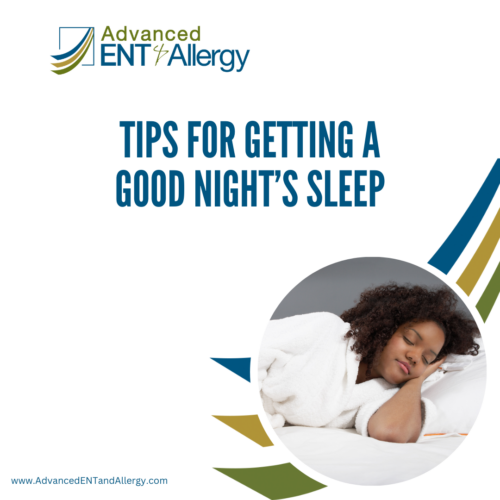
Sleep apnea is a chronic disorder in which tissues in the throat relax during sleep, obstructing the airway and causing interruptions in breathing. These may last from a few seconds to a couple of minutes, and rob you of quality sleep.
Symptoms include snoring, sore throat, dry mouth, headache, daytime drowsiness, lack of concentration, memory loss, confusion, irritability and depression. If untreated, sleep apnea may cause heart attack, stroke, diabetes or high blood pressure.
Tips:
- Stop work-related activities at least two hours before bedtime. This means computer, phone, and related work activities. Give your brain a chance to slow down before going to bed.
- Don’t exercise in the late-evening hours. Effective exercise is a stimulant.
- Turn off technology, especially the computer, and dim the lights around your house.
- Ease into a restful mode by having something warm and soothing to drink (not containing caffeine or other stimulant).
- A warm bath can help your muscles relax, which can encourage the rest of your body to do likewise.
- Listening to soft music can be restful, along with light reading. Read from an actual book and not a brightly lit device, such as an e-reader or smartphone.
- Resist the temptation to have a TV in your bedroom, which can stimulate your brain instead of calming it.
- Clean, cool, fresh air creates a healthy environment for a good night’s sleep.
Treatments for Sleep Apnea:
- Mild cases can often be treated by implementing lifestyle changes.
- Continuous positive airway pressure (CPAP) is the preferred treatment method for moderate to severe cases. This involves wearing a mask over your nose or mouth attached to a machine that delivers steady bursts of air pressure.
- Inspire Upper Airway Stimulation, is a great alternative for patients who have failed — or been unable to tolerate — positive airway pressure treatments, such as using a CPAP machine that requires wearing a mask while sleeping. It’s installed during outpatient surgery and can be wirelessly turned off and on by the patient, using a remote. Inspire consists of a small, pacemaker-like device with leads (wires) attached to it that’s implanted into the upper chest. The system senses breathing and stimulates the hypoglossal nerve that controls the tongue, moving it forward so that the patient’s airway stays open when it needs to. You can find more information about Inspire Click Here
If you feel that you need to see a specialist about your sleep apnea, please visit one of our 9 office locations. Same day appointments are available.

